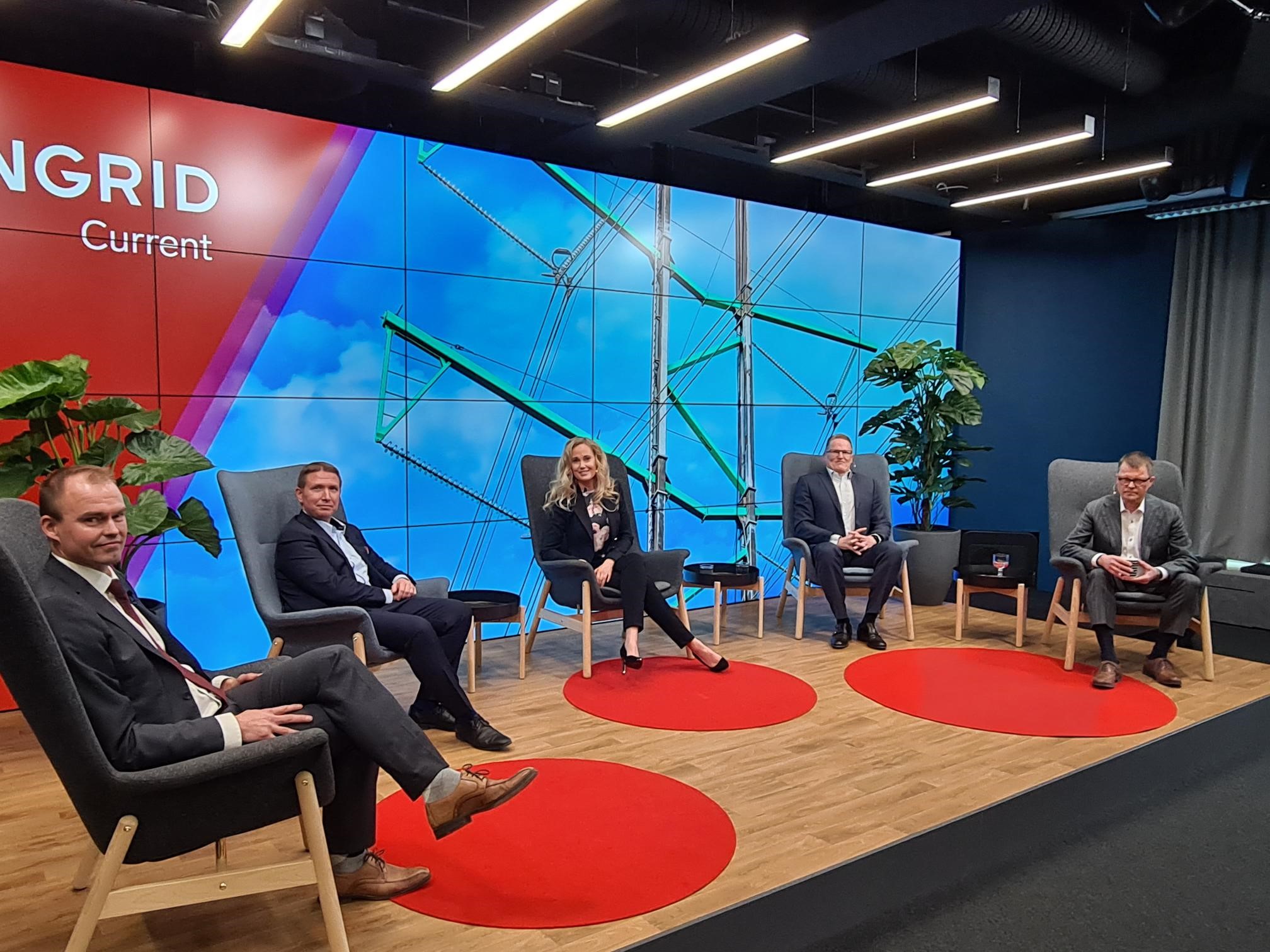In recent years, we have focused on making the customer’s voice heard at Fingrid. To do this, we have permanent customer committees (read more: Sharing information and giving customers a voice) and they are being supplemented by a growing number of service- or project-specific customer forums. We also hold customer-specific feedback discussions, and record that feedback in our customer management system. The feedback is processed in our different steering groups, and we use it to develop our activities. For example, when customers wanted more information about putting European network codes into practice, we launched a Network Code Forum and the related events have been well received. Based on the feedback, we have also improved our grid planning process so that sufficient customer dialogue is carried out when making regional grid plans.
Some feedback has mentioned that Fingrid listens to its customers but doesn’t hear them. Why don’t we always act according to the feedback that we receive? Our customers represent electricity users, producers, distributors and other market parties. The desires and needs of different customer groups differ, and we have to make compromises in our solutions. In such cases, an individual customer or even a whole customer group may feel like their feedback has been ignored. For example, this may have been the case for electricity producers when their share of main grid fees increased slightly a couple of years ago. Many changes are also related to European network codes and guidelines – which means legislation – and of course we have to implement them in national practices according to a certain schedule. Of course, we first try to influence the regulations during their preparation so that they would also be suitable for the conditions in Finland.
A good example of the latter case is the 15-minute imbalance settlement period and its scheduling. We have been asked why we are pushing this issue so hard when it causes additional costs, especially for our distribution grid customers. Why do we even need a 15-minute imbalance settlement period? An increasing amount of production in the power system fluctuates constantly according to the wind and sun, and the power balance can no longer be managed with a one-hour window. The European guidelines require that the 15-minute imbalance settlement period must be implemented by the end of 2020, although the national supervisory authority can apply for a postponement. Why doesn’t Fingrid propose delaying the project for as long as possible since this is what so many of our customers want?
The other Nordic countries are pushing for the fastest possible implementation of 15-minute imbalance settlement, and Finland would be isolated from that part of the Nordic market – possibly for years. This is not a sensible solution in terms of our national economy, and we need to synchronise our schedule with our neighbours. However, it is clear that we failed to properly communicate about the reasons for the changes and the effects of different scenarios, and instead focused too much on telling people how the change will be carried out. Of course, we also want to hear from our customers in this case to ensure that the various impacts of the change are properly understood and can be taken into consideration whenever possible.
When making decisions, we always look for the most economic option in terms of the overall picture, which may sometimes conflict with the interests of an individual actor – including Fingrid. And although we can’t always take all opinions into consideration sufficiently, we still have to remember to explain the reasons behind the solutions in an open manner. It is vitally important to earn our customers’ trust every day so that together we can systematically move towards a power system that meets all of Finland’s needs and is able to balance itself on market terms – as a solid part of the European electricity market.
Jussi Jyrinsalo
Senior Vice President,
Customers and Grid Planning




